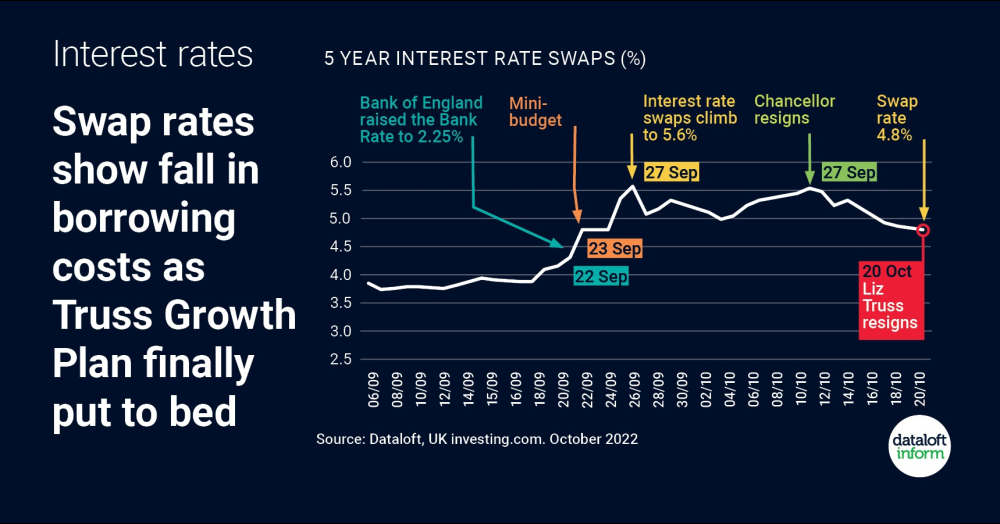

Get our Newsletter
The London property market continues to shift as we head towards the end of 2025. Here's what's been happening across the capital and what it means for homeowners considering a move.
Selling for the first time can feel overwhelming. Everyone has advice, most of it conflicting. Here are the key questions to ask every estate agent, plus the step-by-step process you’ll go through to launch your home the right way.
Thinking of putting your home on the market soon? If you’re aiming to list within the next 90 days, this guide is for you. Here’s how to sharpen your strategy so you don’t just sell, you get the sale you want.
Being a landlord in 2025 comes with fresh challenges, from shifting regulations to changing tenant expectations. Whether you’re experienced or new to lettings, this checklist will help you stay compliant, competitive, and confident in the year ahead.